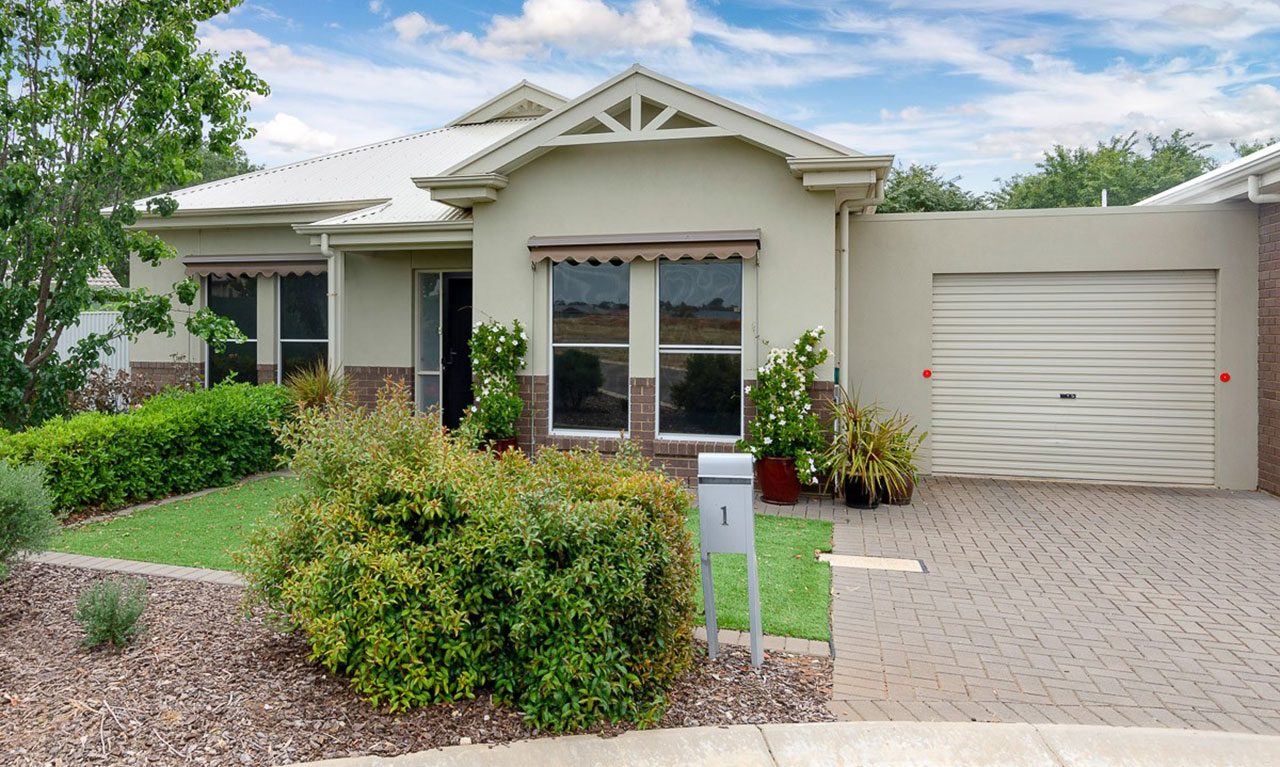This article is from the Australian Property Journal archive
AMID an ageing population and severe housing shortage, two-thirds of retirement village applications in Victoria are taking over a year to be assessed – and nearly one-quarter are taking more than two years – sparking calls for state and territory government planning strategy overhauls.
The Retirement Living Council (RLC) has released its national planning report card, Retirement ready, which ranks state-based planning systems and recommends a suite of practical reforms.
Coming out on top was South Australia, with a score of 58.8 out of 100 from an assessment by the RLC based on changes planning systems; the relevance of any changes to retirement
living assessment, development and supply; the impact of any changes and to what degree; whether the changes identified through the survey and workshop would lead to a change in overall ranking.
In second and third were NSW (51.2) and ACT (50.9), followed by Victoria (45.8), Queensland (43.2) and Tasmania and Western Australia (42.8 and 42.7 respectively). All rankings were the same as the RLC’s 2017 scorecard, except for Tasmania and Western Australia’s spots at the tail end.
Not one jurisdiction performs consistently well across all the key measured outcomes. All states, except South Australia, rank poorly for efficiency.
“This is irresponsible at a time when all tiers of government have placed housing supply as the top priority,” it said.
RLC executive director, Daniel Gannon said “governments are crying out for more housing supply while at the same time holding it back”.
“You can’t make this stuff up.”
“More red tape and complexity in planning systems won’t help build the homes that older Australians need, but they can dampen supply very easily.
Inconsistencies in attitude and approach at the local government level can result in lower relative rankings, despite the existence of individual “progressive” councils. This was most apparent in Queensland, according to the report.
States that are progressive and enable innovation include Tasmania and South Australia.
Speaking to the Victorian experience, chief executive officer of Ryman Healthcare Australia, Cameron Holland said, “What happens all too often is we lodge an application in line with the local planning scheme, the council’s planning team supports it and recommends to councillors that they approve it.
“Councillors then decline the application to appease local objectors, knowing their decision will be overturned by the Victorian Civil and Administrative Tribunal VCAT on appeal, which is invariably what happens.
“While local communities should absolutely have a voice in planning decisions, we have a planning scheme for a reason. When development applications that tick all the boxes are turned down by councils, it adds time, cost, and stress for everyone involved in the process.
“The biggest losers are ultimately older local people eager to move into a village, many of whom have health needs and who can’t afford to wait for the tailored accommodation and care our villages provide.”
The report said, “Broadly, the principles that deliver positive outcomes are simplicity, consistent policy frameworks, flexibility and a development mindset focused on housing markets and investment attractiveness”.
NSW leads on the policy direction pillar because it is the only jurisdiction with a state-based planning policy for retirement living. However, the report noted that planning overlays can add complexity and exacerbate delays in approvals.
South Australia and the Australian Capital Territory both rate highly for legislative frameworks, with singular plans or codes applying across each jurisdiction. Both systems are also highly ranked for consistency and certainty.
The report made several key recommendations both nationally and for the jurisdictions. Headlining those was for state and territory governments to establish clear policies in relevant strategic plans for age-friendly accommodation, supported by “ambitious” growth targets.
All states and territories hold substantial projected increases in their 75-and-over populations from 2023 to 2040, led by Western Australia with 92.0%, the ACT with 86.7%, Queensland with 83.5% and Victoria with 82.7%. Currently, Australia has around 2,500 retirement villages accommodating more than 249,000 residents.
Planning authorities should work with industry to identify high-need locations and ageing hot spots, the report also suggested also suggested, and significant zoning or development bonuses offered that incentivise the development of retirement villages – akin to those given to social and affordable housing – and that retirement living is addressed in local housing strategies.
It also called for acknowledgement by the federal government of the “evolving and innovative models the retirement sector can present in the delivery of care and wellbeing services”.
“Given the proven benefits that age-friendly communities deliver for older Australians, governments should be throwing the kitchen sink at approving more of them – and fast,” Gannon said.
RLC’s 2023 report Better Housing for Better Health found that compared to older Australians not living in a retirement community, residents are 15% more physically active, 41% happier, five times more socially active, twice as likely to catch up with family or friends and have reduced levels of depression and loneliness.
Residents are also 20% less likely to require hospitalisation after nine months living in a retirement community.




